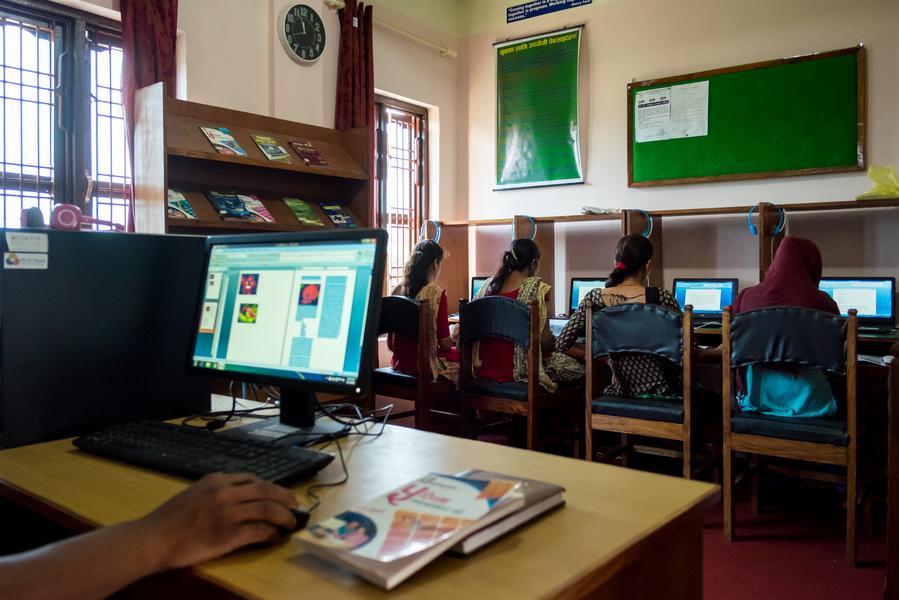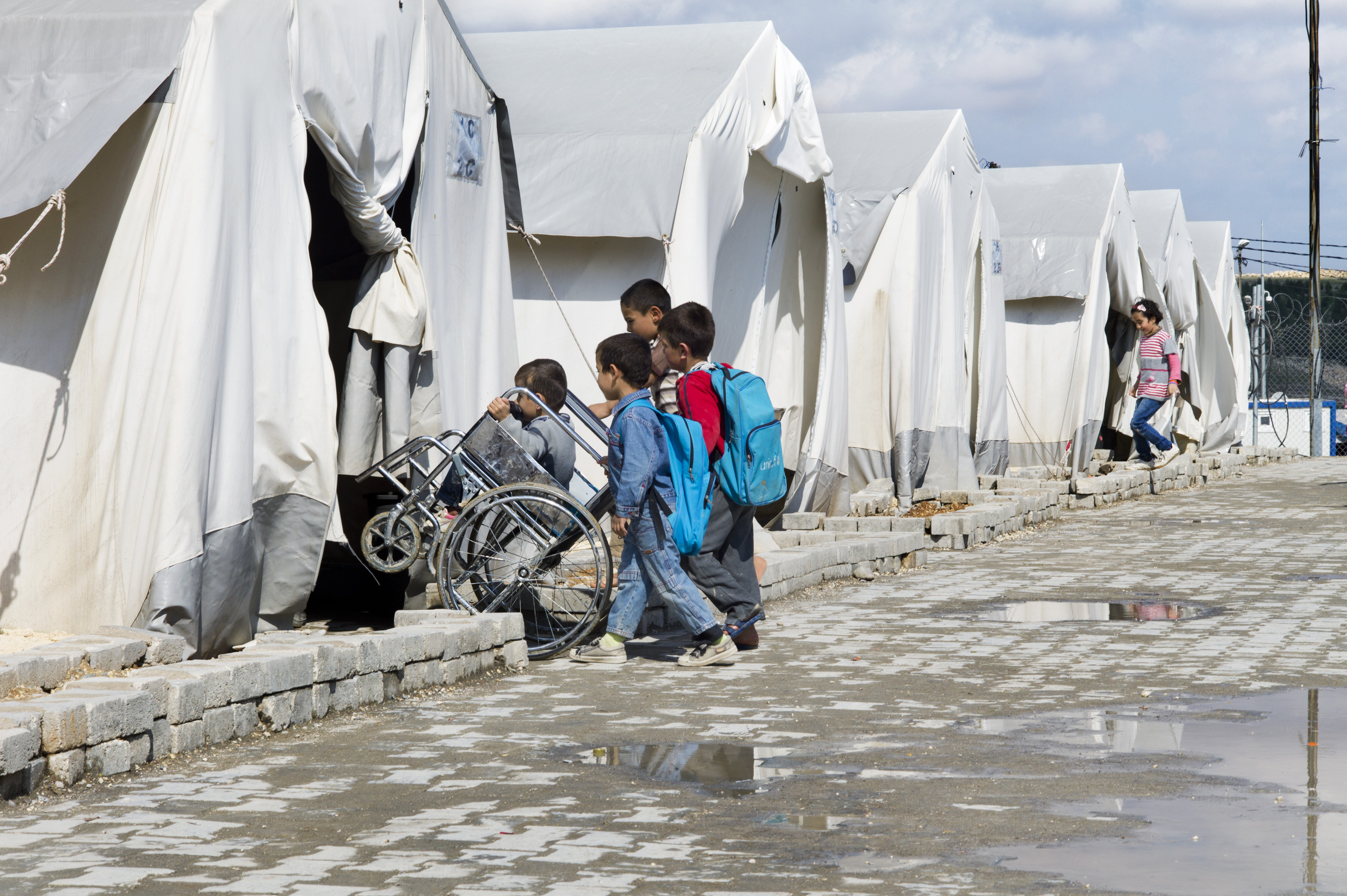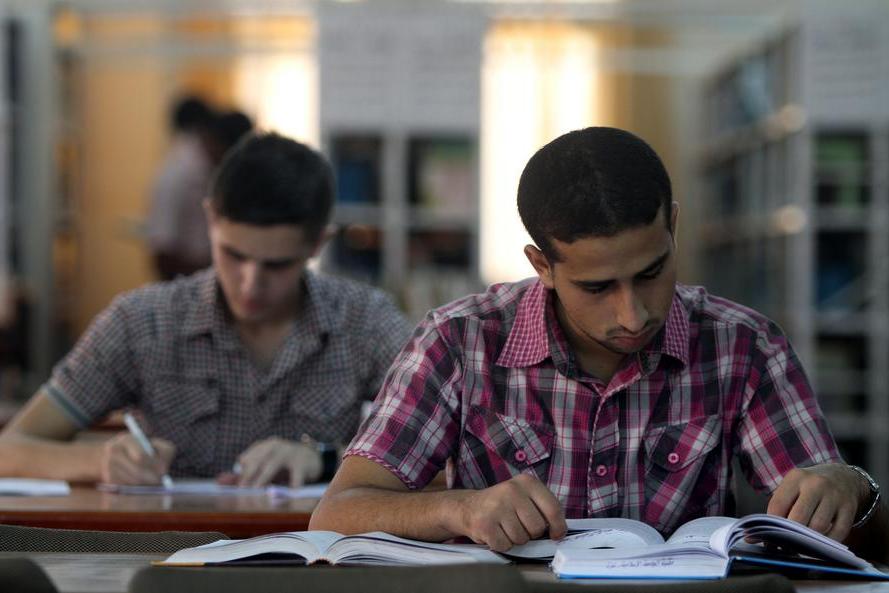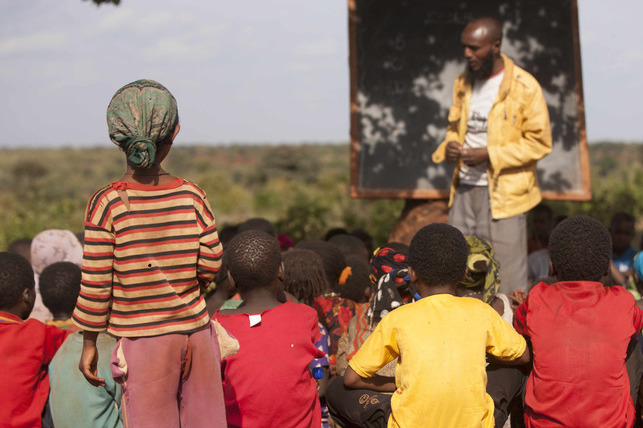Issue and the global context
According to the 2011 World Report on Disability, there is a global population of children under the age of 14 with disabilities estimated between 93 and 150 million. In Africa, around 6.4% of children in this age group have moderate or severe disabilities, yet less than 10% of all children with disabilities attend school; these estimates are from the time when the intervention was about to be implemented; hence, they are crucial to understanding the context.
Exclusion of children with disabilities from education has significant economic repercussions at various levels, including the family, community, and country. The lack of access to schooling can hinder their ability to earn income and maintain long-term financial stability as adults. Recent studies highlight the positive economic impact of education for children with disabilities. In contrast, excluding persons with disabilities from the labor market can lead to economic losses ranging from 3% to 7% of a country's GDP.
Solution
To address these challenges, the World Bank and USAID launched the Disability-Inclusive Education in Africa Program in 2017, with a funding of $3 million. This initiative aimed to enhance children's access to primary education and implement inclusive education programs across Africa.
As part of this program, an evaluation was conducted to understand the effectiveness of Inclusive Education Resource Centers (IERCs) in promoting inclusion in mainstream schools. Through a diagnostic assessment of existing IERC pilots, the study aims to identify cost-effective, scalable, and sustainable models for expanding this initiative. This endeavor is supported by the Ethiopia General Education Quality Improvement Program for Equity (GEQIP-E), backed by the International Development Association (IDA), the UK Department for International Development (DFID), Finland, Norway, and UNICEF.
In the case of Ethiopia, the plan aims to establish approximately 700 IERCs to ensure an inclusive, high-quality learning environment and provide necessary support to children with disabilities in mainstream schools. The project has been awarded a grant of $100,000.
Impact
The findings of this evaluation will inform the development of an implementation plan aligned with the objectives of the Ethiopia Education Sector Development Program V, which serves as the country's framework for educational development. However, specific results for this intervention are yet to be published.












